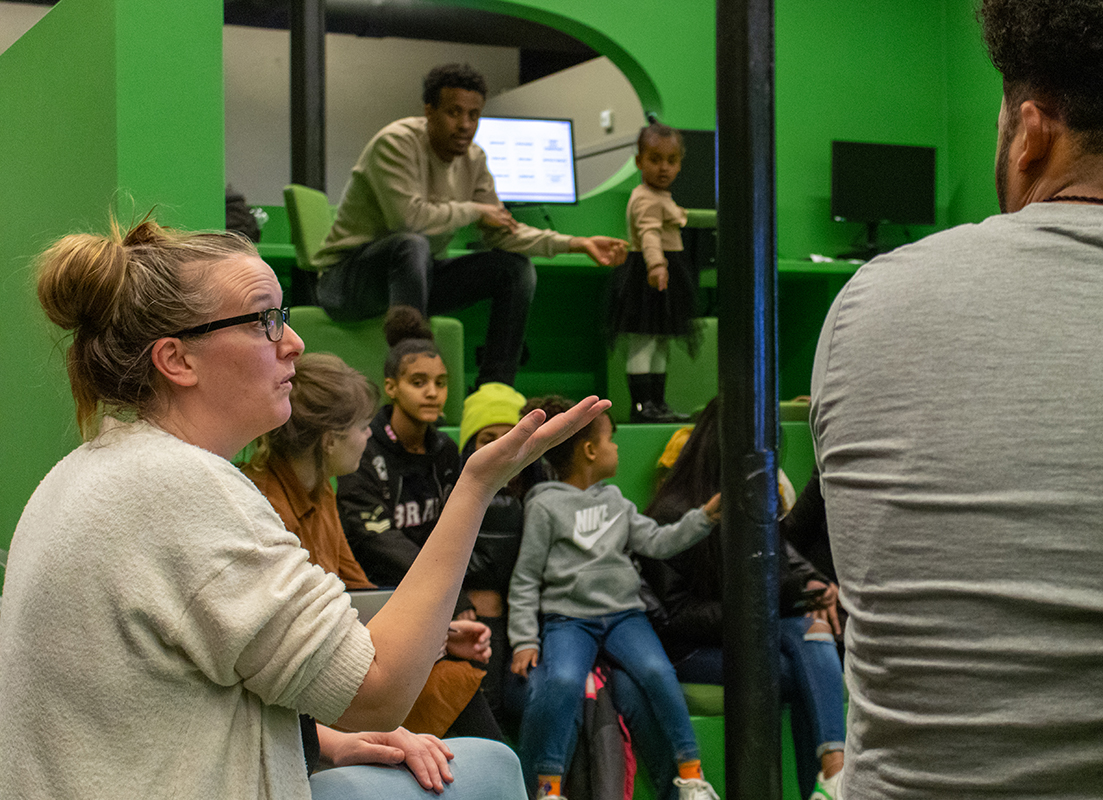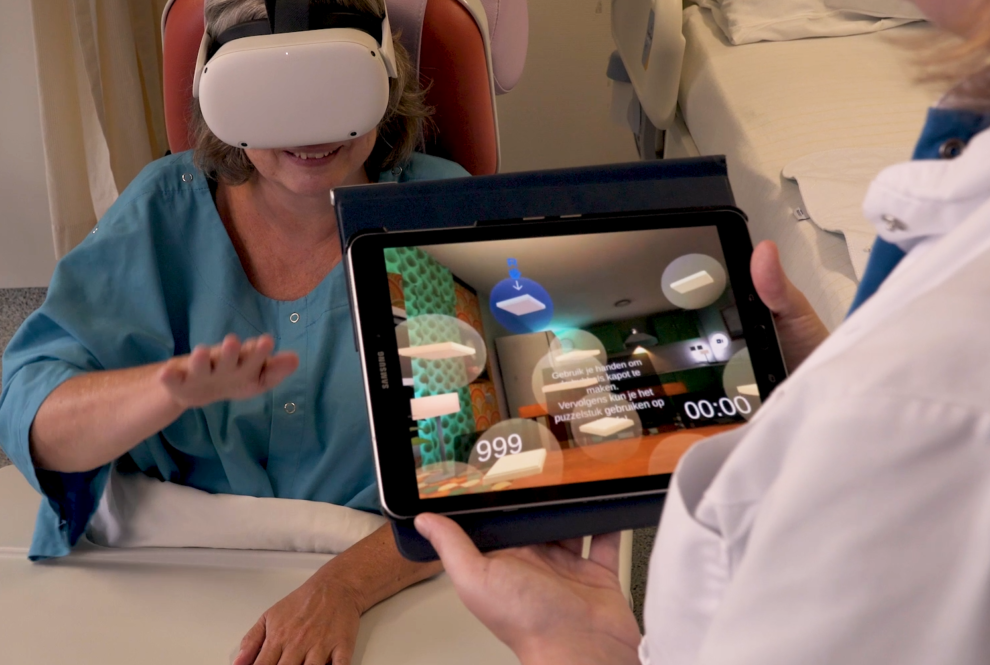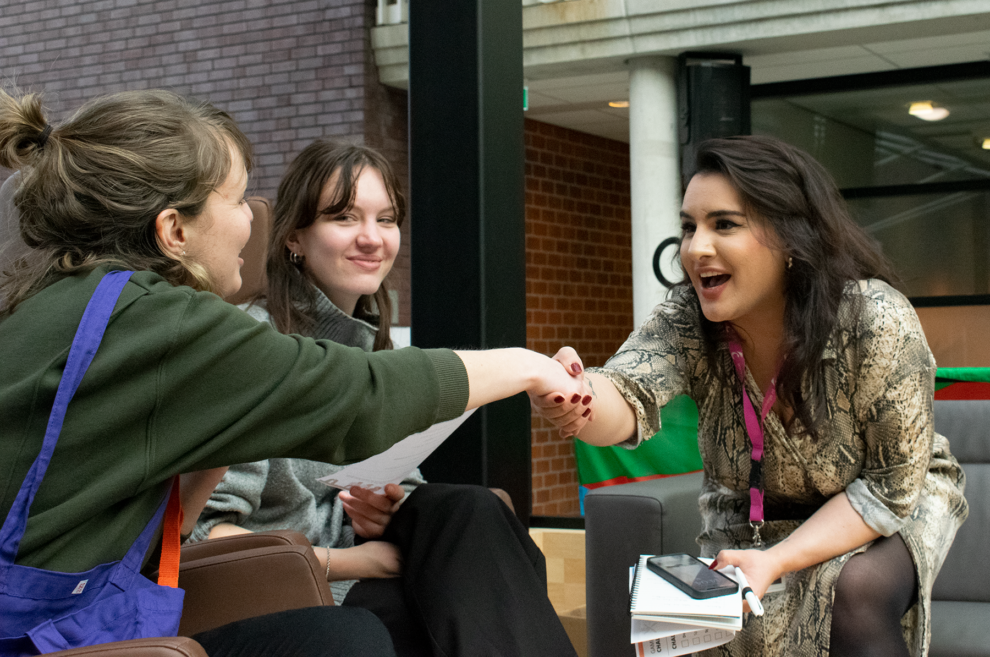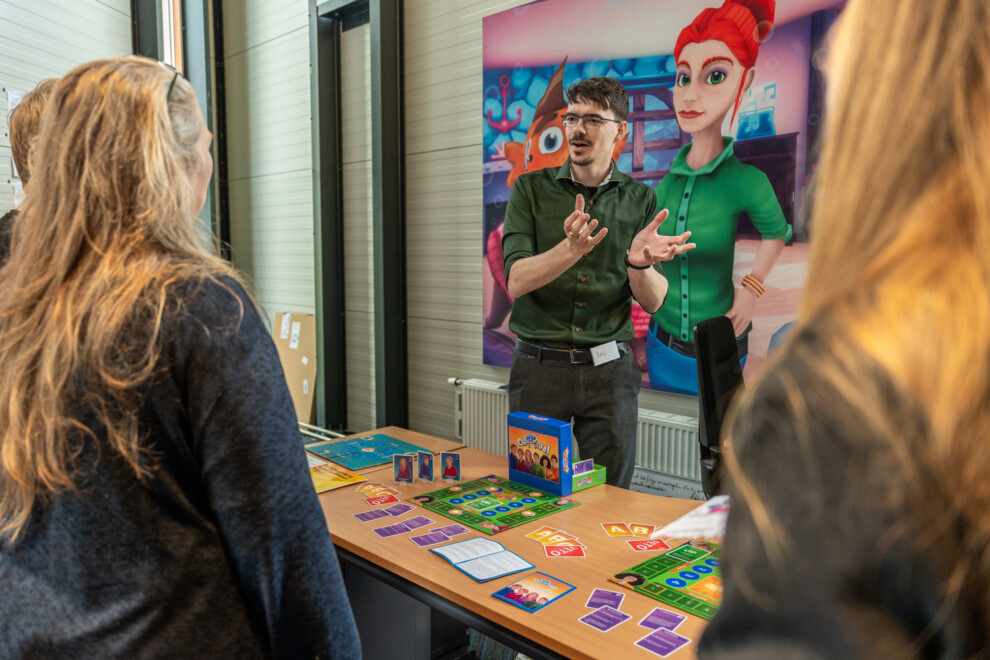Data collection through co-creation and product development
Data collection doesn’t only happen in labs or through surveys – it can also emerge from a creative development process. In practice, product development often turns out to be a catalyst for new insights, especially when designers and researchers work closely together. On this page, we explore how data collection through product development works, what role it can play within research projects, and what experience and expertise we bring as a design partner in academic research.
What we mean by product development in the context of data collection
By ‘product development’, we mean the design and realisation of tangible, interactive tools (such as a digital application, board or card game, educational workshop, or offline intervention) that contribute to positive social change. In our projects, we see two main pathways through which product development supports data collection: during the design process itself, and when the prototype or final product is used as a research instrument. In both cases, the process yields data that can inform research questions, test assumptions, or underpin academic publications.
1. Data collection during the design process
Co-creation is central to our approach. In the early phase of any design-driven research project, we recommend bringing researchers, experts by experience, and end users to the table to explore the problem collectively. Within our design process, we take a close look at the core issue and approach potential solutions with an open mind. That means we don’t begin with the assumption that the end product will be a game, VR experience, or workshop – instead, we focus first on the current situation and the desired change: what we call the design gap. Put simply: we have the in-house capability to build almost anything, but the real challenge lies in choosing exactly the right thing to create in order to meet both design and research goals.
This collaborative thinking and design process not only provides direction for the design, but also yields valuable insights about how stakeholders perceive and articulate the problem. When people engage with a concrete, future-oriented tool or intervention, assumptions, needs, and perspectives tend to emerge naturally. For researchers, this exploratory phase offers a rich opportunity to refine research questions, select appropriate methods, and focus data collection on what truly matters in the practical context.
2. Prototype or product as research instrument
Many of the tools, interventions, and products we develop are used as research instruments. For example, a game with a sensor can track the movements of a rehabilitation client during home training, generating data that can be used to refine treatment methods. This can happen as early as the prototype stage: we often use the first functional prototype to assess, together with the researchers, whether the data is usable and accurate enough. In fact, it’s not uncommon for a prototype to already be sufficient to achieve the intended research goals.
Because participants interact within a meaningful context, their responses are often more natural and nuanced than those generated through traditional surveys. Interactive tools – such as VR simulations, apps, or games – enable researchers to test hypotheses, measure learning outcomes, and capture responses in ways that resonate with their target audience. This not only strengthens engagement but also helps address a familiar challenge: recruiting enough participants.
Responsible and ethical data practices
Privacy by design and data ownership
A key principle for us is: don’t collect data that isn’t strictly necessary. We’re always happy to discuss with research partners which data is truly essential for the project. We then ensure that our design only collects those specific data points — this is what we mean by privacy by design. For the data that is collected, we follow the four core principles of the GDPR: users must be able to access, correct, delete their data, and withdraw consent at any time.
Our preference is for data processing to remain under the control of the researcher or their institution. Where needed, we develop straightforward solutions that allow data to be retrieved or transferred locally, without passing through our servers. We have no interest in accessing the data ourselves, and we believe it’s essential that researchers and institutions are able to continue working with the dataset independently, even in the long term. If desired, we contact the IT department of the research institution on behalf of the researcher to coordinate matters related to the transfer, storage, and retention of the collected data.
Privacy and ownership thus form the basis of our design and consulting work, with an eye to both ethics and usability for the researcher involved.
Examples
Safe and independent data retrieval from a VR headset
In a PhD project on rehabilitation after an intensive care admission, we developed a VR puzzle game that directly captured raw data on hand and finger movements through the headset. In collaboration with the researcher, we defined which data would be relevant and designed a data export function that made the information accessible via a clear, structured spreadsheet. This allowed the researcher and the academic institution to work independently with the data over the long term, without relying on us or external systems. The development process and prototype testing in the ICU department resulted in both a dissertation and a scientific publication, offering insights into the feasibility and safety of VR training during and after an ICU stay.
Bekijk case
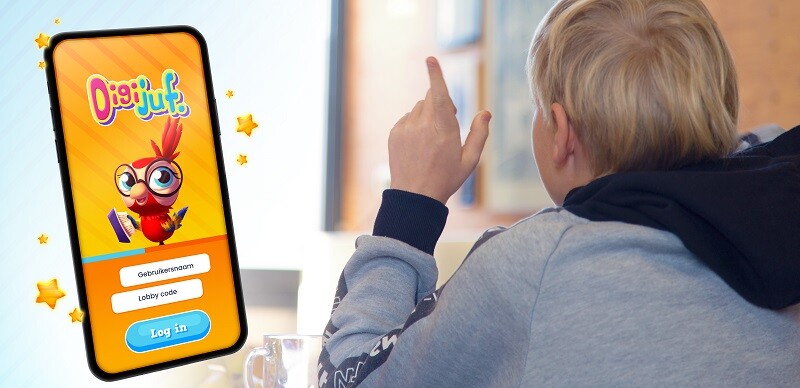
Anonymized data collection during playtests
In the DigiJuf project, we collaborated with the Centre for Language and Speech Technology (Radboud University) to explore how speech technology could support children’s language development. We began with interviews to understand what primary school pupils value — or find difficult — about reading, and based on their input, we developed a game concept that we turned into a functional prototype. In consultation with the research team, we designed a testing protocol to measure how well children could provide each other with feedback on speech. To ensure anonymity and consent, we used ID numbers and immediately deleted the data of children without valid consent; the remaining data was encrypted and securely transferred to the university’s servers for processing. Based on our playtests and documentation, the research team went on to write a scientific paper that was awarded the Best Paper Award at Trinity College in Dublin.
Examples of social design in research
Social design is a practical way to tackle societal challenges by working closely with stakeholders. It not only delivers solutions but also provides researchers with new insights and valuable data. With ten years of experience, 8D helps researchers achieve clear results through co-creation and iteration. This blog shares three inspiring examples of social design in research from our portfolio.
Read blog
Why this approach works for researchers
For researchers, data collection through product development offers a compelling alternative to traditional methods. This is why:
– Creativity lowers the threshold for participation
A creative, interactive setting invites participation, even from groups that are typically harder to engage. This helps researchers collect valuable data more easily and effectively.
– Practical and academically valuable
Our design process (from exploration and co-design to prototyping) and the final product (a game, tool or intervention) can both serve as sources of high-quality data – supporting reflection, analysis, and publication. Design-led approaches enrich research in subtle but meaningful ways.
– Collaboration with clear boundaries
Our projects are always collaborative. The researcher retains full control over methodology and data processing, while we create space within the co-creation process and contribute ideas on how research goals and data flows can be effectively integrated effectively and ethically into product development.
Final thoughts
At 8D, we don’t see the design of tools and interventions as a mere add-on to research – we see it as a method to deepen it. By working closely with researchers, we create contexts in which valuable data emerges organically. We offer structure, technical advice, and practical support to shape that process with care.
Are you working on a design-oriented research and want to further explore how to integrate data collection into the development process? Feel free to contact us at info@8d.nl. We are happy to engage with researchers and professionals looking for innovative ways to bring research and practice closer together.
